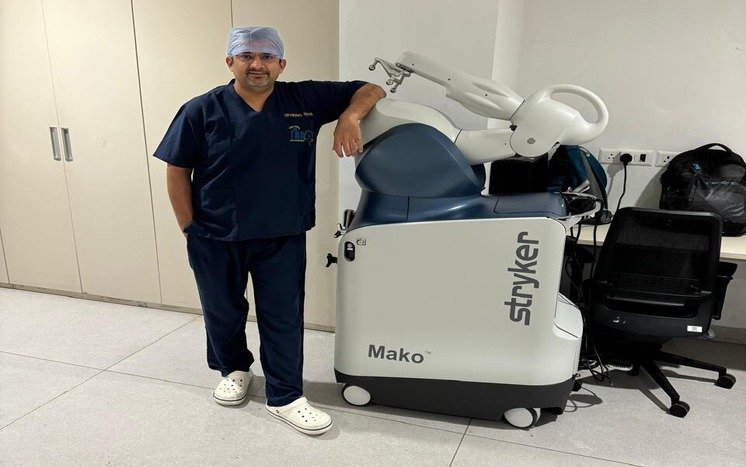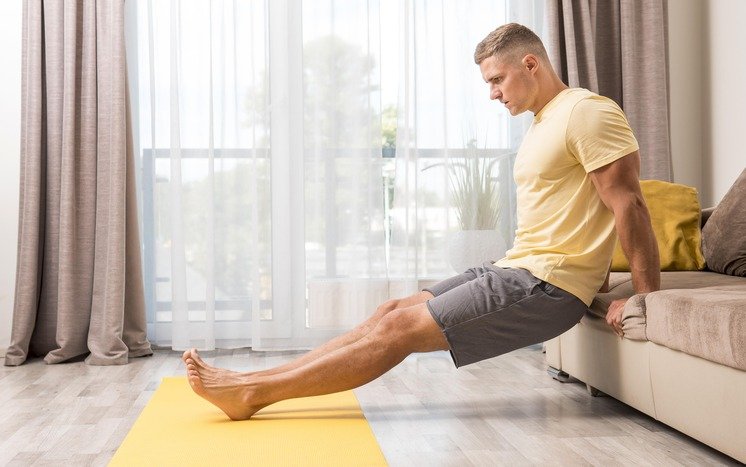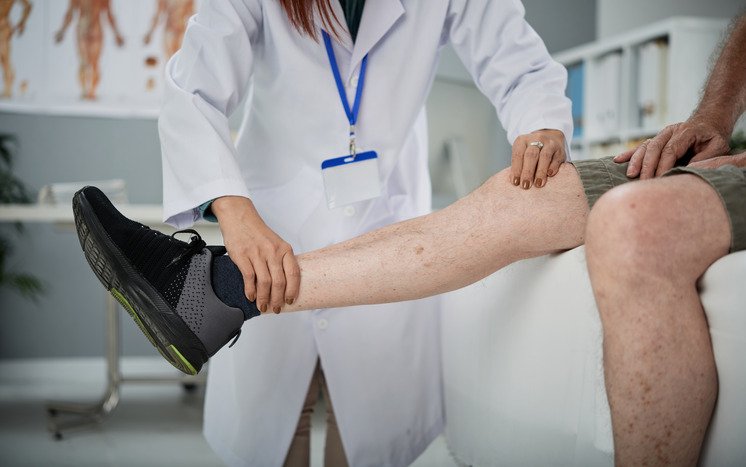
10:00am to 04:00pm (Mon to Sat) - Amrita Hospital, Faridabad
06:00pm to 08:00pm (Mon to Sat) - Arthrocare Clinic, Noida
10:00am to 04:00pm (Mon to Sat) - Amrita Hospital, Faridabad
06:00pm to 08:00pm (Mon to Sat) - Arthrocare Clinic, Noida
 August 23, 2024
August 23, 2024
Hip replacement surgery is a significant step toward regaining mobility and improving the quality of life for those suffering from severe hip pain and limited movement. While the surgery itself is a critical part of the treatment, the long-term care and maintenance after the procedure are equally important to ensure lasting success and prevent complications. This blog will guide you through the essential steps to maintain your hip replacement and live a healthy, active life.
Hip replacement surgery involves replacing the damaged parts of the hip joint with artificial components. These prosthetics are designed to last many years, but their longevity largely depends on how well you take care of your hip after surgery. Proper long-term care can help prevent wear and tear, reduce the risk of dislocation, and enhance overall functionality.
After surgery, your surgeon will provide you with specific instructions on how to care for your new hip. It’s crucial to follow these guidelines closely. Dr. Mrinal Sharma, a renowned Hip replacement surgeon in India, emphasizes the importance of adhering to your surgeon’s recommendations to ensure a smooth recovery and long-term success.
Physical therapy is a cornerstone of recovery after hip replacement surgery. It helps restore strength, flexibility, and range of motion. Initially, you’ll work with a physical therapist who will guide you through exercises designed to gradually increase your mobility. After completing formal physical therapy, regular exercise should remain a part of your routine. Low-impact activities like walking, swimming, and cycling are excellent options to maintain hip strength without putting undue stress on the joint.
Maintaining a healthy weight is crucial for the long-term success of your hip replacement. Excess weight places additional stress on your hip joint, which can lead to premature wear of the prosthetic components. Eating a balanced diet and staying active are key strategies to keep your weight in check. Dr. Mrinal Sharma often advises his patients to focus on weight management as part of their long-term care plan.
While your new hip is designed to withstand daily activities, it’s essential to take precautions to avoid injury. Avoid high-impact activities like running, jumping, or contact sports, which can increase the risk of dislocation or damage to the prosthetic joint. Additionally, be cautious when bending or twisting your hip, especially during the first few months after surgery.
Regular follow-up appointments with your surgeon are vital to monitor the condition of your hip replacement. During these visits, your surgeon will assess the prosthetic components and check for any signs of wear or complications. Dr. Mrinal Sharma recommends annual check-ups to ensure that your hip replacement continues to function correctly and to address any issues early on.
Pay attention to any changes or discomfort in your hip. Persistent pain, swelling, or stiffness could indicate a problem that needs medical attention. Early detection of issues can prevent more serious complications down the road. If you experience any unusual symptoms, contact your surgeon immediately for evaluation.
Making small adjustments to your daily routine can contribute to the longevity of your hip replacement. Using assistive devices like a cane or walker during the early stages of recovery can help take pressure off your hip. Additionally, consider modifying your home environment to reduce the risk of falls, such as removing tripping hazards and installing grab bars in the bathroom.
Stay informed about your hip replacement and how to care for it. Understanding the mechanics of your prosthetic joint, potential risks, and how to avoid complications can empower you to take an active role in your long-term care. Dr. Mrinal Sharma encourages patients to educate themselves about their condition to better manage their health.
Hip replacement surgery is a life-changing procedure that can significantly improve your quality of life. However, the success of the surgery doesn’t end in the operating room. Long-term care and maintenance are essential to ensure that your new hip serves you well for many years to come.
By following your surgeon’s advice, staying active, maintaining a healthy weight, and protecting your hip from injury, you can enjoy the full benefits of your hip replacement. Regular check-ups with your surgeon, like Dr. Mrinal Sharma, can help monitor your progress and address any concerns early on.
Remember, your journey to a healthier, more active life doesn’t stop after surgery—it’s just the beginning.
This detailed guide on long-term care and maintenance after hip replacement surgery provides valuable insights for patients looking to make the most of their new hip joint. By emphasizing the importance of following medical advice, staying active, and protecting the hip from injury, you can ensure a successful recovery and enjoy the benefits of your hip replacement for years to come.





© 2024 Dr. Mrinal Sharma | All rights reserved. Designed and Developed by DigiTrend